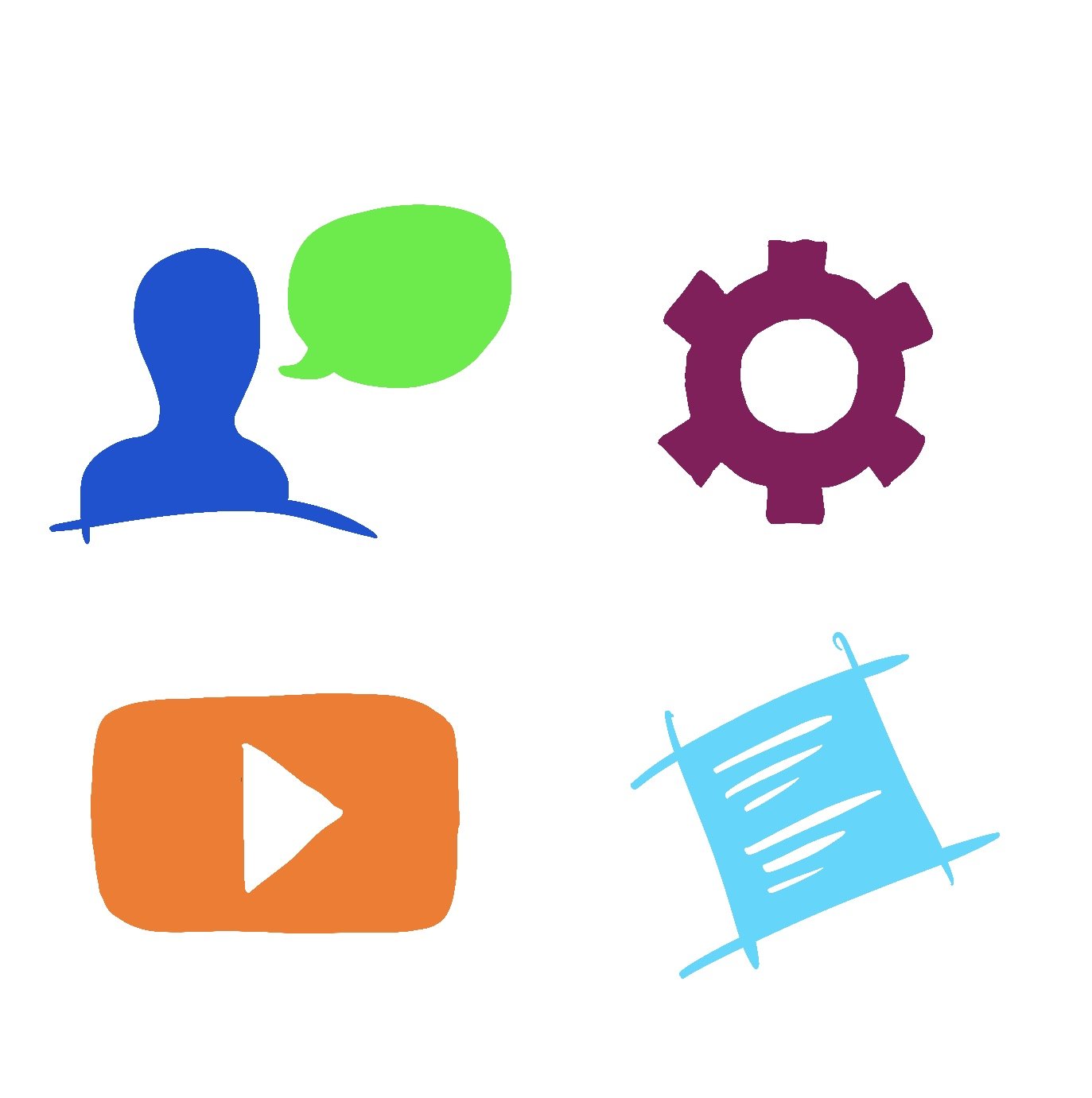WHAT WE DO
Qualitative Research
Bespoke Culture Surveys
With a holistic view of employee experience, your team can pinpoint key drivers of engagement and receive targeted actions to drive meaningful improvement. We can get you closer to employee engagement and track improvements over time with more frequent feedback from your employees. With that, you can measure fluctuations in engagement and step in to improve the experience faster than ever.
Storytelling
We will teach your own folx to tell their stories. We will also build training around powerful documentary films to illustrate and illuminate difficult topics and incite meaningful conversations with executive-level individuals. How do we get executives to consider perspectives different from their own? How do we get them to challenge their own biases and prejudices? We traditionally turn to literature, history, and current events to open these conversations, but it’s always helpful to have a bigger toolbox to tackle such important and difficult issues. That’s why we pulled together these short documentaries that tackle tough issues. We also provide ideas, related readings, and activities.
Semi-structured Interviews and Q&A with Key Stakeholders
We conduct interviews with internal stakeholders to deepen our understanding of your organization, perceived cultural strengths, and potential challenges or sensitivities. These interviews serve as both a source of input to add color to the CIC Data Analytics and to initiate buy-in in the process itself and any subsequent changes or recommendations. Reframing diversity, equity, and inclusion improvement strategies through the lens of culture will support organizations as they successfully drive change.
Content Analyses
We use this methodology to determine the presence of certain words, themes, or concepts within some given qualitative data (i.e., text). Using content analysis, we can help with recruiting, for example, as to where and how to build awareness around hiring bias, check the language in job descriptions, blind the resume review process, standardize the interviews, look for bias toward likeability, implement a collaborative hiring process, acknowledge confirmation bias, consider diversity & inclusivity goals, and vary where you advertise. Content analysis can be both quantitative (focused on counting and measuring) and qualitative (focused on interpreting and understanding). In both types, you categorize or “code” words, themes, and concepts within the texts and then analyze the results.
Get Started Today
Together, we will listen, learn, and lead.

